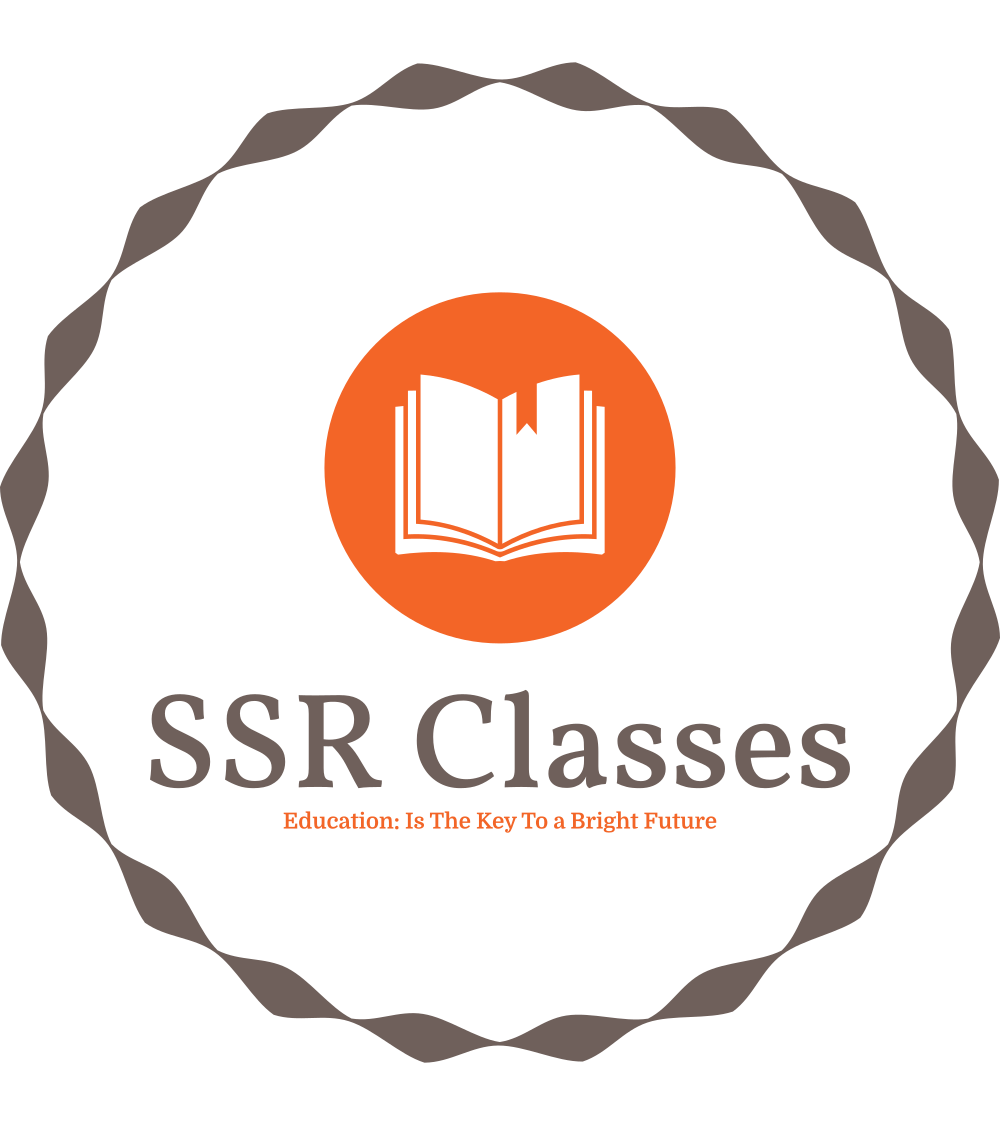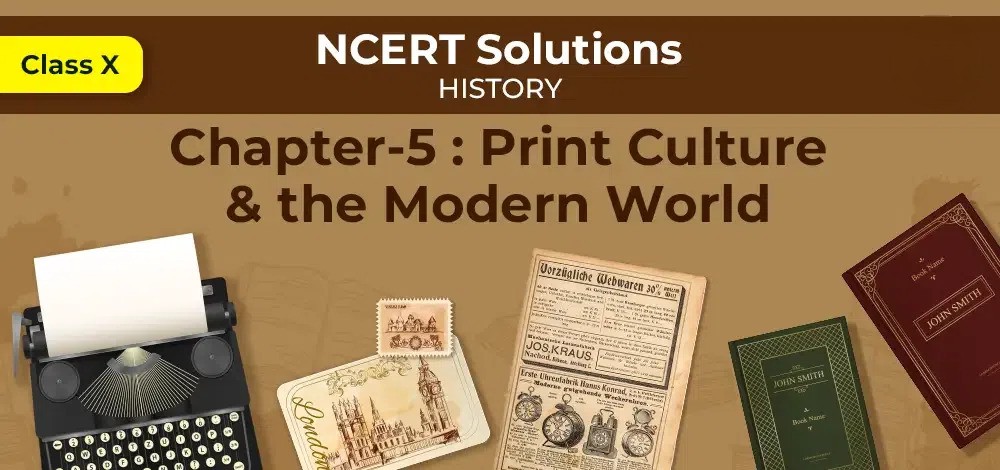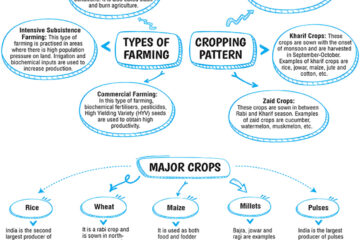I. GLOSSARY
1. Calligraphy: the art of beautiful and stylized writing.
2. Vellum: A parchment made from the skin of animals.
3. Platen: In letterpress printing, platen is a board that is pressed onto the back of the paper to get the impression from the type. At one time it used to be a wooden board; later was made of steel.
4. Compositor: The person who composes the text for printing.
5. Gallery: Metal frame in which types are laid and text composed.
6. Ballad: A historical account or folk tale in verse, usually sung or recited.
7. Taverns: Places where people gathered to drink alcohol, be served food, meet friends, and exchange news.
8. Protestant Reformation: A sixteenth-century movement to reform the Catholic Church dominated by Rome. Martin Luther was one of the main Protestant reformers. Several traditions of anti-Catholic Christianity developed out of the movement.
9. Inquisition: A former Roman Catholic court for identifying and punishing heretics.
10. Heretical: Beliefs that do not follow the accepted teachings of the Church. In medieval times, heresy was seen as a threat to the right of the Church to decide on what should be believed and what should not. Heretical beliefs were severely punished.
11. Satiety: The state of being fulfilled much beyond the point of satisfaction.
12. Seditious: Action, speech, or writing that is seen as opposing the government.
Denominations: Subgroups within a religion.
13. Almanac: An annual publication giving astronomical data, information about the movements of the sun and moon, timing of full tides and eclipses, and much else that was of importance in the everyday life of people.
14. Chapbook: A term used to describe pocket-size books that are sold by traveling pedlars called chapmen. These became popular from the time of the sixteenth-century print revolution.
15. Despotism: A system of governance in which absolute power is exercised by an individual, unregulated by legal and constitutional checks.
16. Ulama: Legal scholars of Islam and the Sharia (a body of Islamic Law).
17. Fatwa: A legal pronouncement on Islamic law usually given by a mufti (legal scholar) to clarify issues on which the law is uncertain
II. THE FIRST PRINTED BOOKS
- The earliest kind of handprint technology was developed in China, Japan, and Korea.
I. Print in China:
- The imperial state of China possessed a huge bureaucratic system that recruited its personnel through civil service examinations.
- By the 17th century, as urban culture bloomed in China, the uses of print diversified.
- In the late nineteenth century, western printing techniques and mechanical presses were imported as Western powers established their outposts in China.
II. Print in Japan
- Around AD 768-770, hand-printing technology was introduced in Japan by Buddhist missionaries.
- In AD 868 the oldest Japanese book was printed named The Buddhist ‘Diamond Sutra’.
III. PRINT COMES TO EUROPE
- In the 11th century, Chinese paper reached Europe via the Silk Route.
- In 1295, a great explorer Marco Polo came back to Italy from China along with the technique of printing and soon the technology spread to other parts of Europe.
- However, the production of manuscripts could not satisfy the ever-increasing demand for books because:
A. Copying was an expensive, laborious, and time-consuming business.
B. Manuscripts were fragile and awkward to handle.
- In the 1430s, Johann Gutenberg developed the first-known printing press in Strasbourg, Germany.
I. Gutenberg and the Printing Press
- Gutenberg learned the art of polishing stones and also acquired the expertise to create lead molds used for making trinkets and with this knowledge, he adapted existing technology to design his innovation.
- By 1448, Gutenberg perfected the system.
- The first book he printed was the Bible.
- Between 1450 and 1550, printing presses were set up in most countries of Europe thus shifting hand printing to mechanical printing which led to the print revolution.
IV. THE PRINT REVOLUTION AND ITS IMPACT
I. A New Reading Public
- Access to books created a new culture of reading.
- Until the 20th century, literacy rates in most European countries were very low; thus, printers began publishing popular ballads and folk tales profusely illustrated with pictures.
II. Religious Debates and the Fear of Print
- Print created a fear of a new world of debate and discussion.
- In 1517, the religious reformer Martin Luther wrote ‘Ninety-Five Theses’ criticizing many of the practices and rituals of the Roman Catholic Church.
- This led to a division within the Church and to the beginning of the Protestant Reformation.
III. Print and Dissent
- In the 16th century, Menocchio reinterpreted the message of the Bible and formulated a view of God and Creation.
- This enraged the Roman Catholic Church as a result of which he was hauled twice and ultimately executed.
- From 1558, the Roman Church began maintaining an Index of Prohibited Books.
V. THE READING MANIA
- In most parts of Europe, literacy rates went up, through the seventeenth and eighteenth centuries.
- In England, Penny chapbooks were sold for a penny by petty pedlars, known as Chapman.
- In France, the ‘Bibliotheque Bleue’ – low-priced small books printed on poor quality paper and bound in cheap blue covers.
- Newspapers and journals carried information about wars and trade, as well as news of developments in other places.
- The ideas about science, reason, and rationality became more accessible to the common people.
I. Tremble, therefore, tyrants of the world!’
- By the mid-18th century, books were considered as a means of spreading progress and enlightenment.
- In the 18th century, French novelist Louise-Sebastien Mercier said ‘The printing press is the most powerful engine of progress and public opinion is the force that will sweep despotism away.’
- Mercier proclaimed: ‘Tremble, therefore, tyrants of the world! Tremble before the virtual writer!’
II. Print Culture and the French Revolution
- Print culture created the conditions within which the French Revolution occurred.
- Print popularized the ideas of the Enlightenment thinkers.
- Print created a new culture of dialogue and debate.
- By the 1780s, literature mocked the royalty and criticized their morality.
VI. THE NINETEENTH CENTURY
I. Children, Women, and Workers
- In 1857, a children’s press was set up in France devoted to literature for children.
- Penny Magazines were specially meant for women, manuals teaching proper behaviors and housekeeping.
- In the 19th century, lending libraries in England became a medium for educating white-collar workers, artisans, and lower-middle-class people.
II. Further Innovations
- By the mid-19th Century, Richard M. Hoe perfected the power-driven cylindrical press.
- In the late 19th century, an offset press was developed that could print up to six colors at a time.
- By the 20th century, electrically operated presses accelerated printing operations followed by other developments.
A. INDIA AND THE WORLD OF PRINT
I. Manuscripts Before the Age of Print
- In India, manuscripts were copied on palm leaves or handmade paper in Sanskrit, Arabic, Persian, and various vernacular languages.
II. Print Comes to India
- In the mid-16th century, the printing press first came to Goa with Portuguese missionaries.
- By 1674: About 50 books had been printed in Konkani and Karana languages.
- At Cochin in 1579, Catholic priests printed the first Tamil book.
- In 1713, Catholic priests printed the first Malayalam book.
- By 1710, Dutch Protestant missionaries had printed 32 Tamil texts.
- From 1780, James Augustus Hickey began editing the Bengal Gazette, a weekly magazine.
B. RELIGIOUS REFORM AND PUBLIC DEBATES
- From the early 19th century, religious issues became intense.
- Printed tracts and newspapers spread new ideas and shaped the nature of the debate
- Intense controversies erupted between social and religious reformers and the Hindu orthodoxy over matters like widow immolation, monotheism, Brahmanical priesthood, and idolatry
- Print encouraged the reading of religious texts, among Hindus, in the vernacular languages.
C. NEW FORMS OF PUBLICATION
- The novel, a literary firm that had developed in Europe soon acquired distinctively Indian forms and styles.
- New literary forms entered the world of reading such as lyrics, short stories, and essays about social and political matters.
- By the 1870s, caricatures and cartoons were being published in journals and newspapers.
I. Women and Print
- Liberal husbands and fathers began educating their womenfolk at home.
- Conservative Hindus believed that a literate girl would be widowed.
- Muslims feared that educated women would be corrupted by reading Urdu romances.
- In the early 20th century journals discussed issues like women’s education, widowhood, widow remarriage, and the national movement.
II. Print and the Poor People
- In the 19th century, very cheap and small books were brought to markets.
- From the late 19th century, issues related to caste discrimination began to be written about in many printed tracts and essays.
- In the 1930’s Bangalore cotton millworkers set up libraries to educate themselves.
D. PRINT AND CENSORSHIP
- Before 1798, the colonial state under the East India Company was not much concerned about censorship.
- By the 1820s, the Calcutta Supreme Court passed certain regulations to control press freedom.
- After the revolt of 1857, the attitude to freedom of the press changed.
- In 1878, the Vernacular Press Act was passed modeled on the Irish Press Laws.




